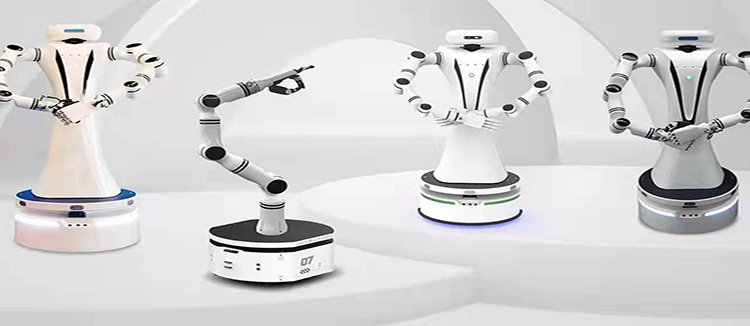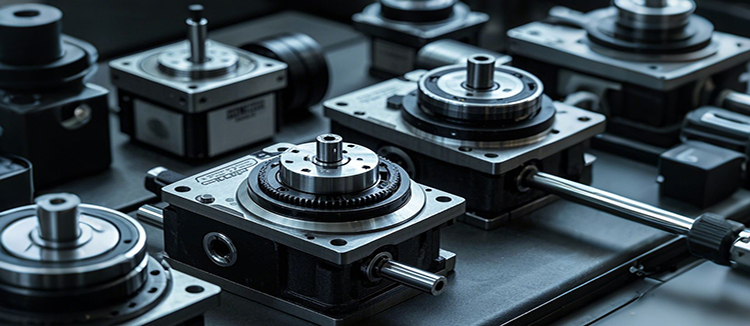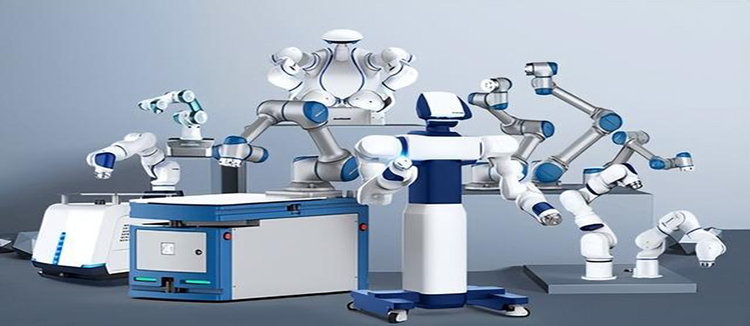The Comprehensive Guide to Understanding and Utilizing Servo Motors in Robotics and Automation
Servo motors are the unsung heroes of modern robotics and automation. These versatile and precise devices are integral to a wide range of applications, from industrial machinery to consumer electronics. In this comprehensive guide, we will delve into the intricacies of servo motors, exploring their functionality, applications, and the factors that make them indispensable in today's technological landscape.
A servo motor is a rotary actuator that allows for precise control of angular position of the output shaft using electrical signals. The term "servo" is derived from the Latin word "servus," meaning "slave," reflecting the motor's ability to respond to command signals. These motors are designed to follow a control signal, which can be in the form of an electrical voltage or current, to move the shaft to a desired position.
The core components of a servo motor include the motor itself, a control circuit, and a position feedback mechanism. The control circuit interprets the input signal and adjusts the motor's speed and torque accordingly. The position feedback mechanism, often an encoder, provides information about the motor's current position, ensuring that it aligns with the desired position specified by the control signal.

One of the key advantages of servo motors is their high degree of precision and repeatability. This makes them ideal for applications where accuracy is paramount, such as in assembly lines, robotic arms, and CNC machines. The ability to control the motor's position with such precision allows for complex movements and operations to be performed with minimal error.
Another significant benefit of servo motors is their efficiency. They can operate at high speeds with minimal energy loss, making them an eco-friendly choice for many applications. Additionally, their compact size and lightweight design make them suitable for use in space-constrained environments or where weight is a critical factor.
Servo motors are also known for their robustness and durability. They can withstand high torque loads and operate in a variety of environmental conditions, including extreme temperatures and humidity levels. This makes them a popular choice in industries such as automotive, aerospace, and heavy machinery, where reliability is crucial.

In terms of applications, servo motors are used in a multitude of fields. In the automotive industry, they are used in power steering systems, seat adjusters, and engine management. In the aerospace sector, they are employed in flight control systems and satellite positioning mechanisms. In robotics, servo motors enable precise and controlled movements, making them essential for tasks that require dexterity and accuracy.

For hobbyists and DIY enthusiasts, servo motors are a popular choice for building remote-controlled models and animatronics. Their ability to move and hold positions with high precision makes them ideal for creating realistic and responsive movements in model aircraft, cars, and even humanoid robots.
When selecting a servo motor for a specific application, several factors must be considered. These include the required torque, speed, precision, and the environmental conditions the motor will be subjected to. Additionally, the size and weight of the motor should align with the design constraints of the project.
Maintenance of servo motors is relatively straightforward, as they are designed to be robust and long-lasting. However, regular checks and lubrication of moving parts can help to ensure optimal performance and longevity. In the event of a malfunction, servo motors are often modular, allowing for easy replacement of individual components without the need to replace the entire unit.
In conclusion, servo motors are a critical component in the world of robotics and automation. Their precision, efficiency, and versatility make them an essential tool for a wide range of applications. Understanding the capabilities and limitations of servo motors is crucial for anyone involved in the design, development, or operation of automated systems.










